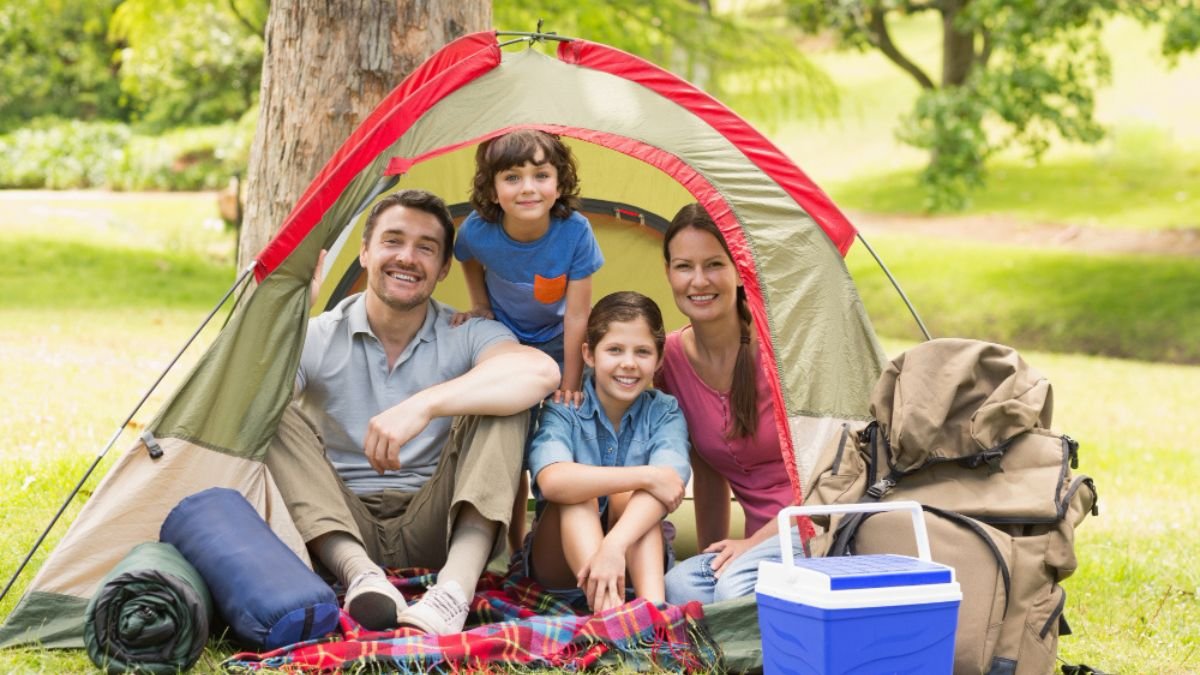Most families spend $8,000-12,000 on week-long vacations. Hotels cost $150-300 per night. Restaurants add $200-400 daily for a family of four. Gas, flights, and activities pile on more costs.
We felt that pain too. Our dream Colorado trip looked impossible at $12,000 for seven days. Then we found 15 legal camping strategies that changed everything.
We spent $3,800 total for the same trip. That’s $8,200 in savings. We used free BLM camping (14 days free on public land). KOA Rewards membership cuts campground costs by 10%. Off-season booking saved 40-60% on fees. Travel hacking credit cards covered our camping gear purchases.
The RV Industry Association confirms these numbers work. Dallas families save $3,174 camping at the Grand Canyon versus hotels. Seattle families save $6,722 on Yellowstone trips. These aren’t one-time tricks. Families using these methods save $2,000-6,000 annually on vacations.
How We Took A $12,000 Family Trip For $3,800 Using These 15 Camping Loopholes
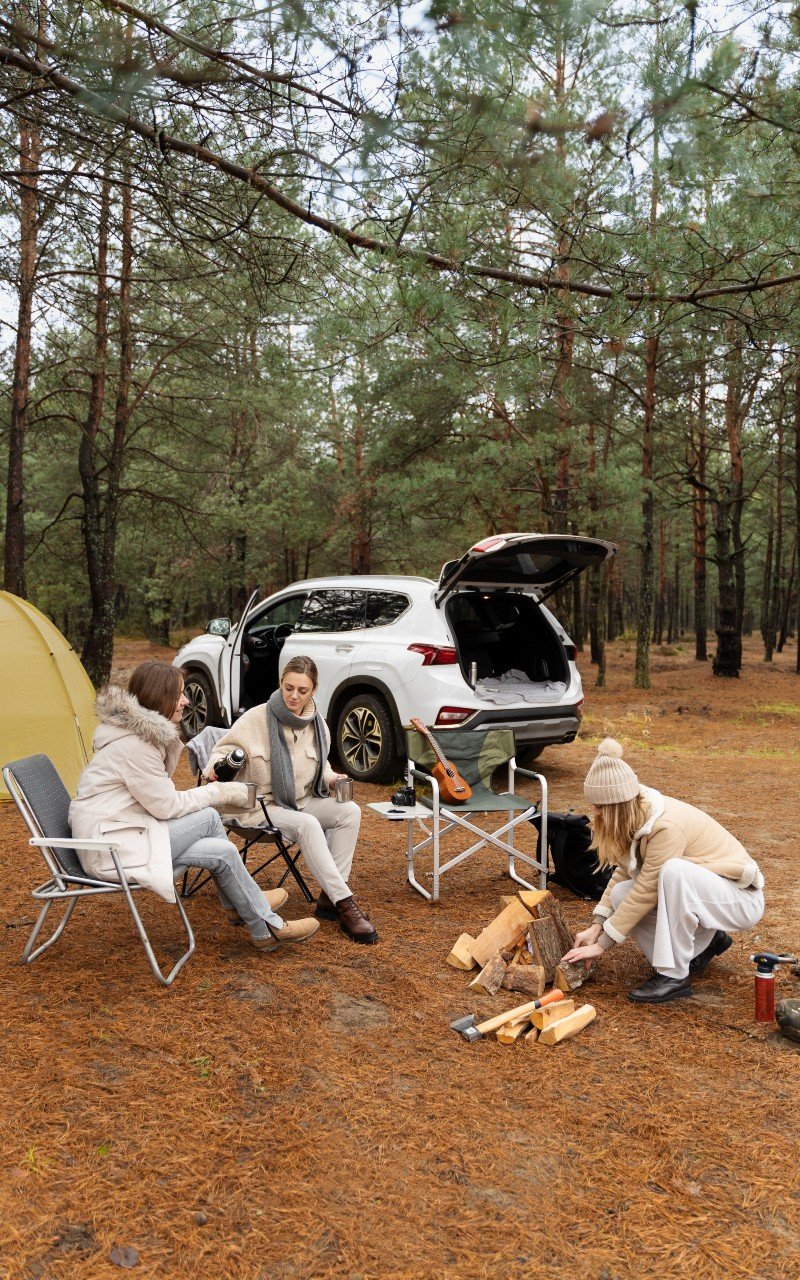
Families seeking to dramatically reduce vacation costs have unprecedented opportunities in 2024-2025, with camping offering 35-60% savings compared to traditional hotel vacations. The average family can save $2,000-6,000+ annually by strategically combining camping loopholes, travel hacking, and smart timing.
With 88 million households now identifying as campers and over 11 million new camping households joining since 2019, these strategies represent proven, scalable approaches to affordable family travel.
The Numbers That Matter Most
i. Real Documented Savings
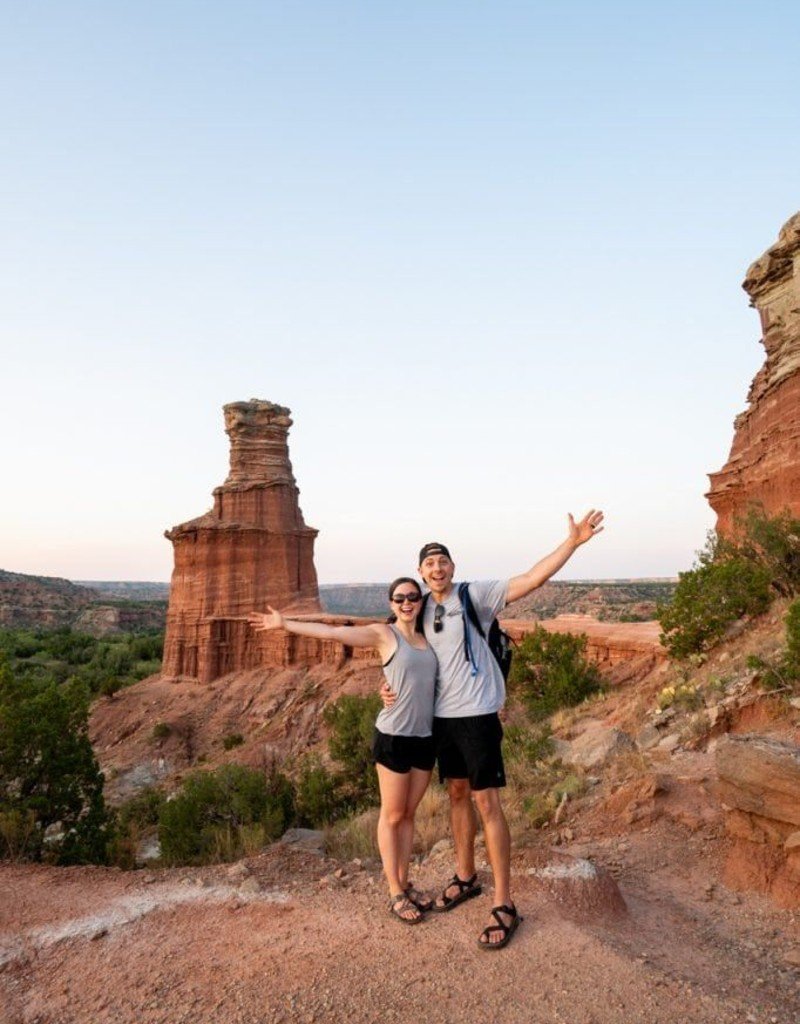
RV Industry Association data show consistent patterns: a Dallas to Grand Canyon family trip costs $8,801 via air/hotel versus $5,627 camping (37% savings of $3,174). Even more dramatic, an Oklahoma City to Corpus Christi vacation drops from $5,279 to $2,383 with camping (55% savings of $2,896).
The Seattle to Yellowstone route shows the highest savings potential – $11,328 traditional vacation versus $4,606 camping (60% savings of $6,722). These aren’t theoretical calculations. They’re based on actual bookings, real fuel costs, and documented campground fees across 2024-2025 pricing.
The camping industry generated $61 billion in spending during 2024, with 72% of travelers now considering camping the most cost-effective travel option available.
Current Camping Loopholes Families Are Using
The most successful budget camping families in 2024-2025 combine multiple approaches rather than relying on single strategies.
i. Free Dispersed Camping
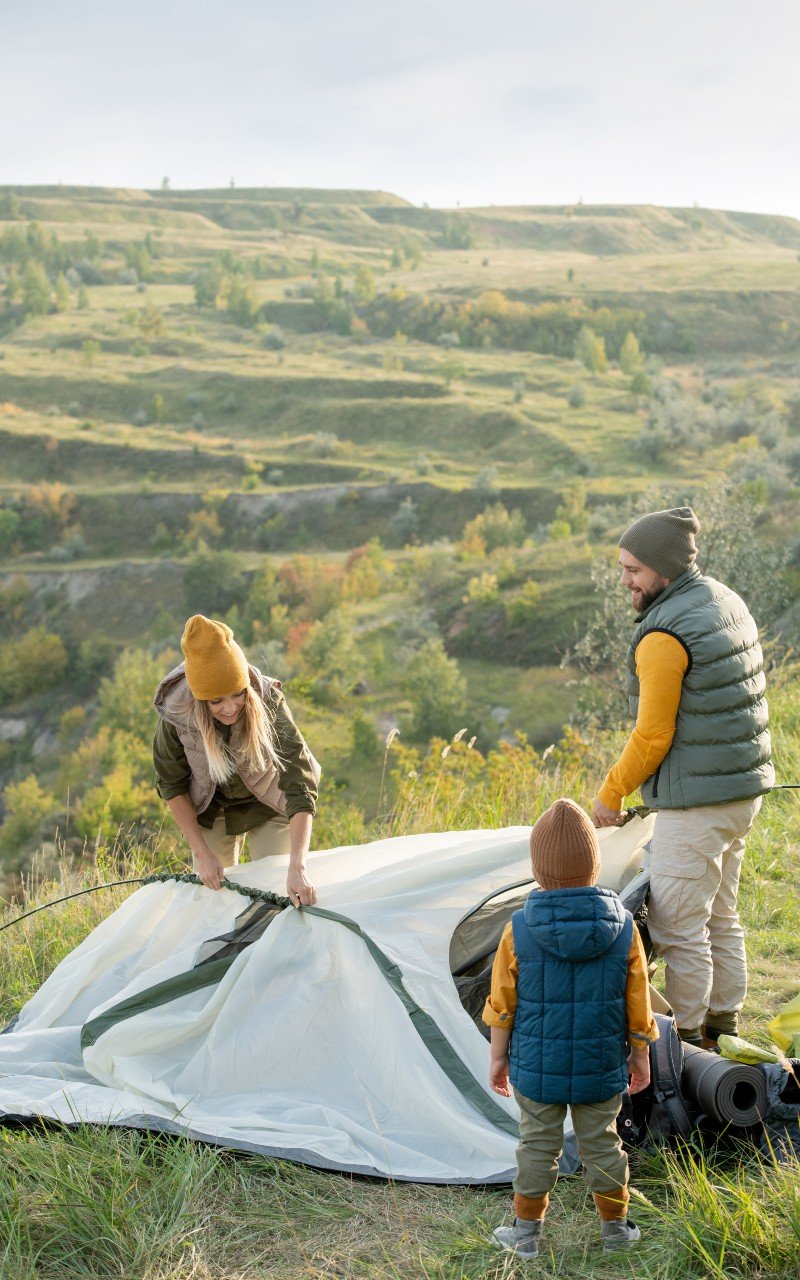
Remains the ultimate budget hack: BLM and National Forest lands offer 14 consecutive days free, requiring only a 25+ mile move afterward. However, post-pandemic popularity has led to new restrictions and designated-only areas in some locations.
ii. State Park Timing Strategies
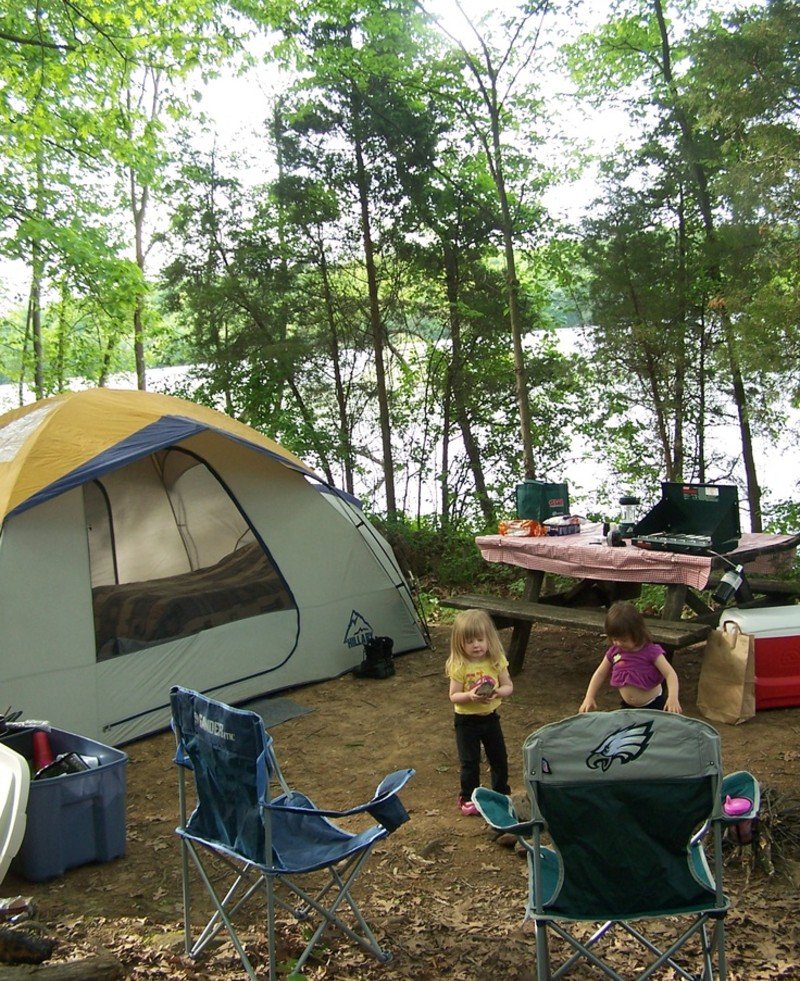
Show remarkable savings potential. Off-season rates drop 40-60% below peak pricing, while midweek stays cost 25-40% less than weekends. The KOA Rewards program costs just $33 annually and provides 10% off all stays plus points toward free weekends, breaking even after just three nights.
More aggressive users leverage Thousand Trails Zone passes at $755 annually, where strategic planning achieves nightly costs of $7-15 for unlimited stays.
iii. Equipment Rental Versus Purchase Analysis
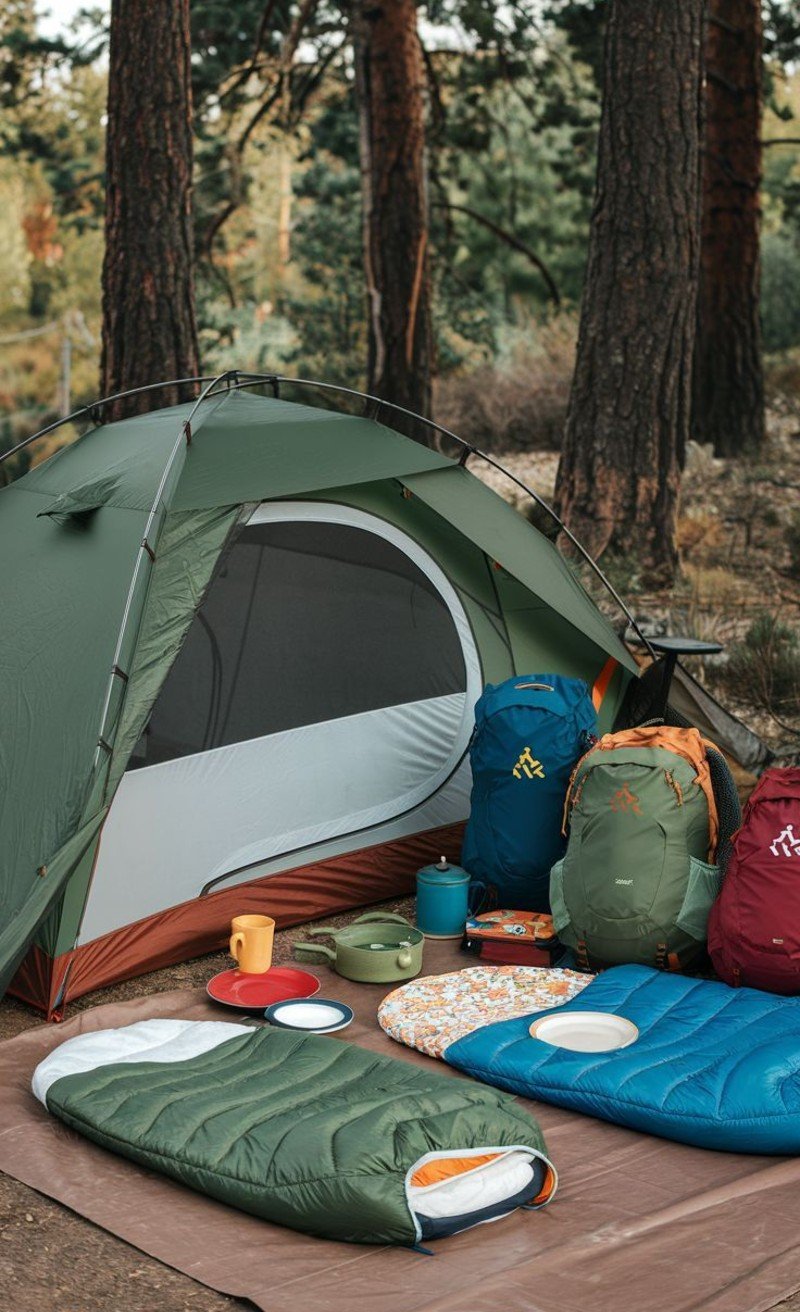
Reveals the critical break-even point: families camping three or more times annually save money buying gear. A complete family setup costs $500-1,800 initially but eliminates ongoing rental fees of $50-100 per weekend.
Quality camping equipment lasts 7-10 years, making the annual cost minimal after the first season
Technology Tools Are Driving Current Savings
i. The Camping App Landscape Transformed Significantly In 2024-2025
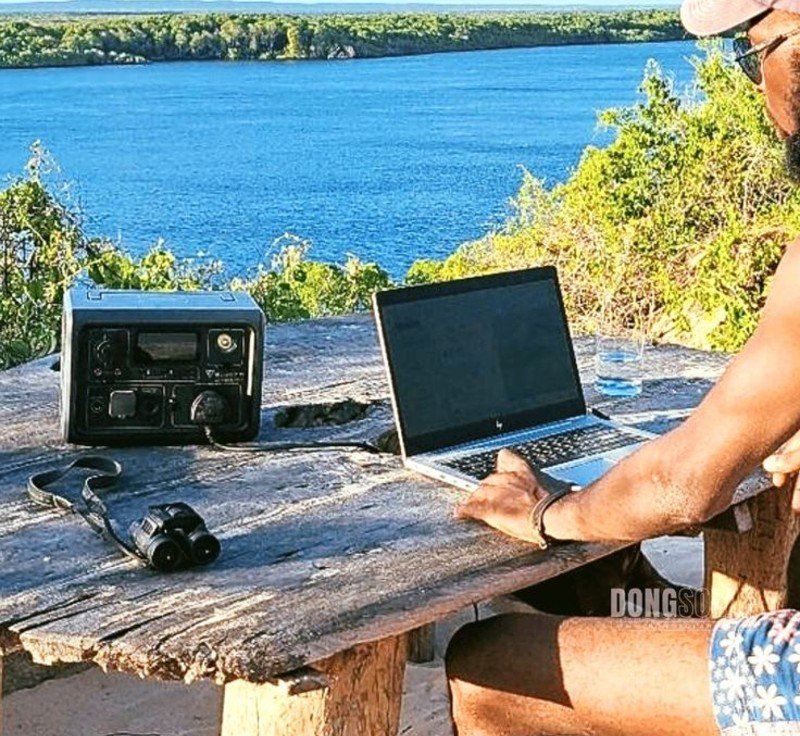
FreeRoam is discontinuing service while other platforms are enhancing their features. iOverlander remains completely free with 250,000+ places across 190 countries, functioning entirely offline.
The Dyrt PRO at $35.99 annually provides access to 16,000+ free dispersed locations with crucial cell coverage maps and discount access to 1,000+ campgrounds.
The newest innovation, Campsite Tonight, launched in 2025 with “Add to Cart” functionality that automatically captures cancelled reservations before notification.
ii. Equipment Rental Platforms
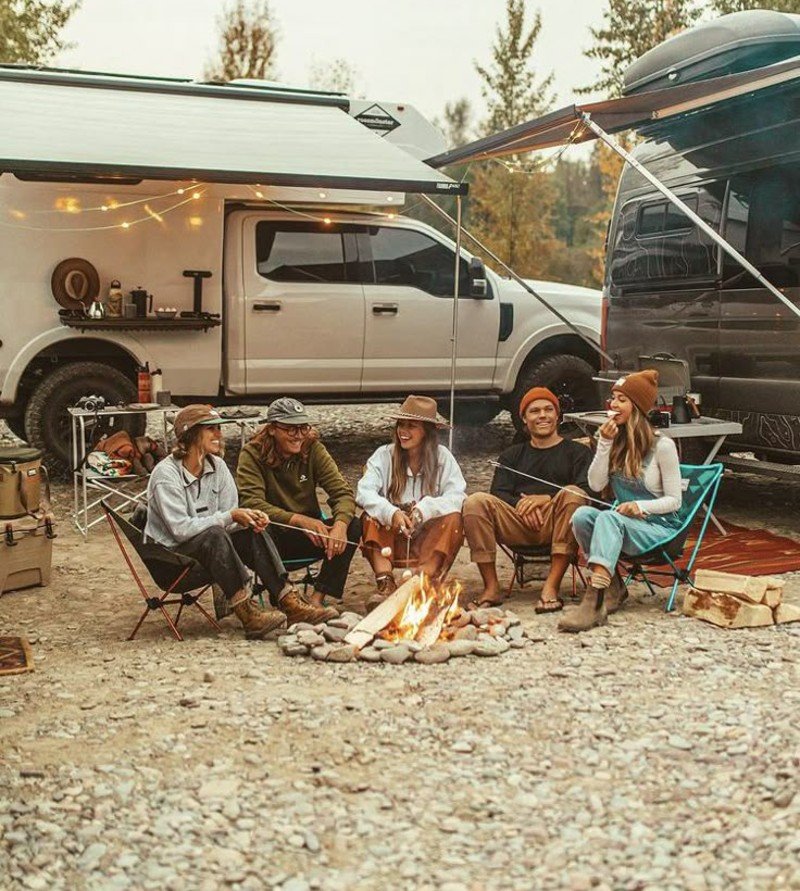
Show strong growth, with Outdoorsy hosting 600,000+ travelers and RVshare offering 100,000+ vehicles. Depending on class and season, making ownership attractive for families planning 4-5+ trips annually.
Expert Sources Providing Actionable Content
i. The Most Credible Budget Camping Experts
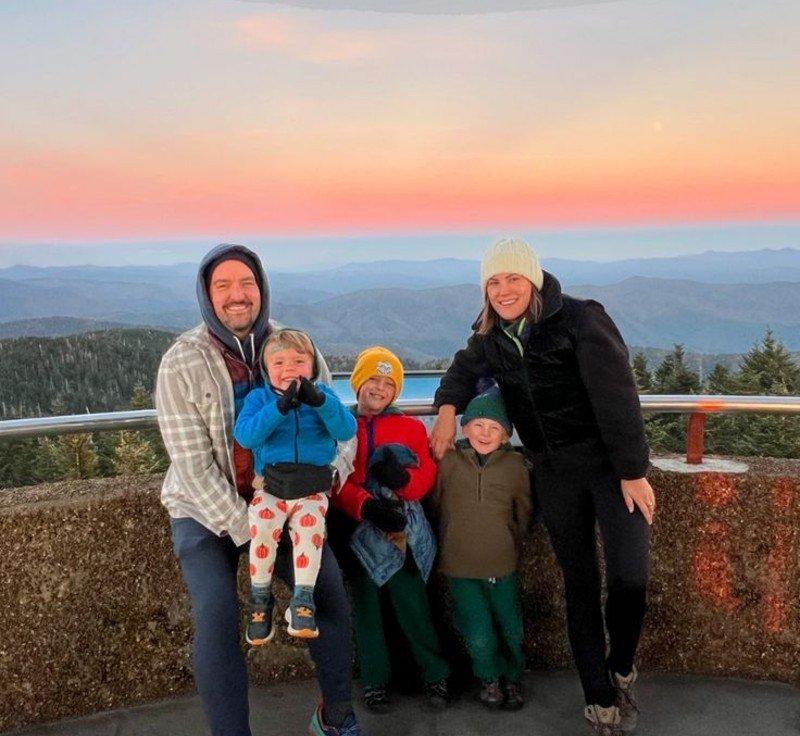
Combine real experience with specific dollar amounts. Ordinary Sherpa Heidi demonstrates practical family travel hacking, documenting examples like flying a family of five to Hawaii for under $300 using points strategies.
Beyond the Tent’s Ryan Cunningham offers 30+ years of camping expertise with comprehensive gear testing and family guides. Steve Wallis leads YouTube camping content with 1.6 million subscribers, focusing on stealth camping and gear reviews.
Crazy Family Adventure documents eight years of full-time RV travel with detailed National Park guides and budget strategies. The Mom Trotter on Instagram (383.5K followers) shares specific RV budget tips and financial literacy approaches.
ii. TikTok Camping Content
Exploded in 2024-2025, with creators like @bonjourbecky (180.5K followers) sharing essential camping tips and @colorado_kristin providing tent reviews and gear recommendations. These micro-influencers often provide more actionable, immediate tips than traditional long-form content.
Documented Cost Savings With Specific Examples
i. The Most Comprehensive Case Study
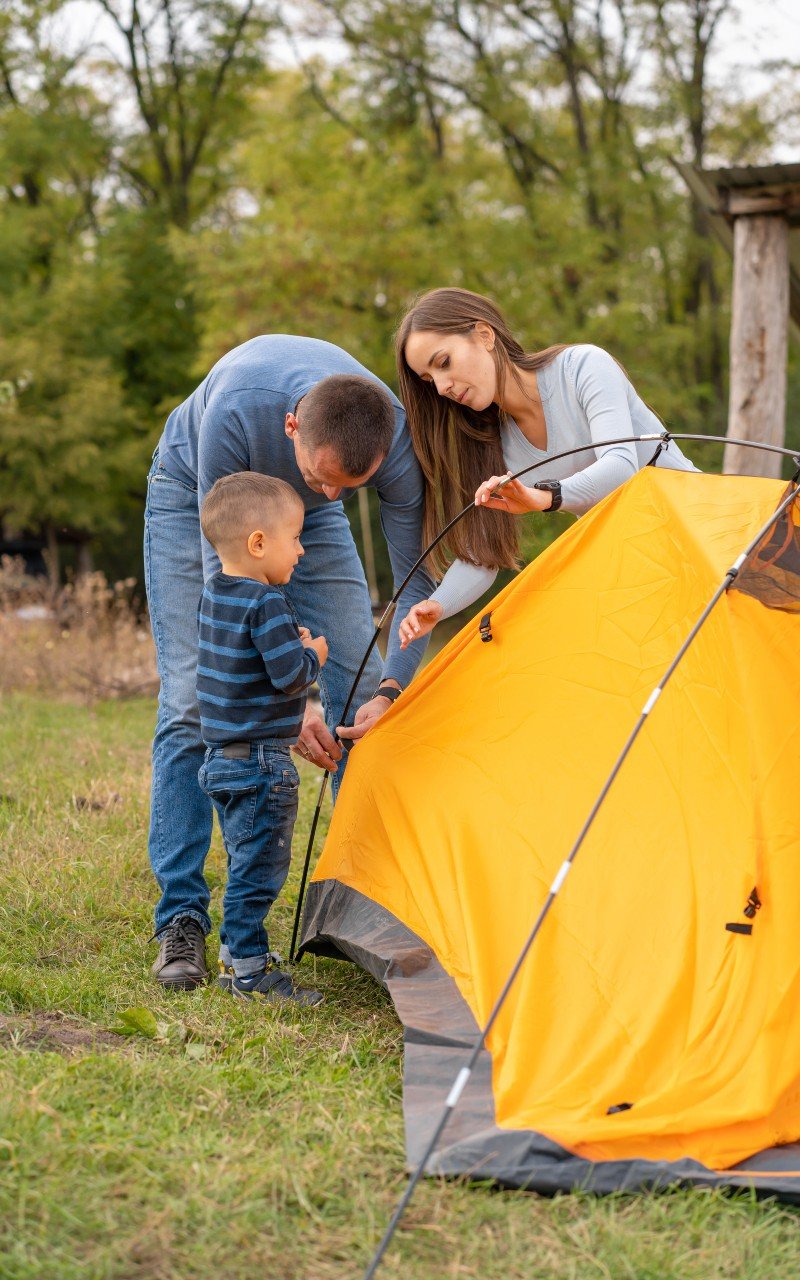
Comes from SeeingSam.com’s documented 6-month, 17,000-mile road trip costing $9,200 total. A comparable hotel vacation would cost approximately $36,000+, representing 74% savings of $26,800. The breakdown shows campground fees of $8-45 nightly versus hotel rates of $112-163, with significant food savings through meal preparation.
ii. Regional Cost Analysis
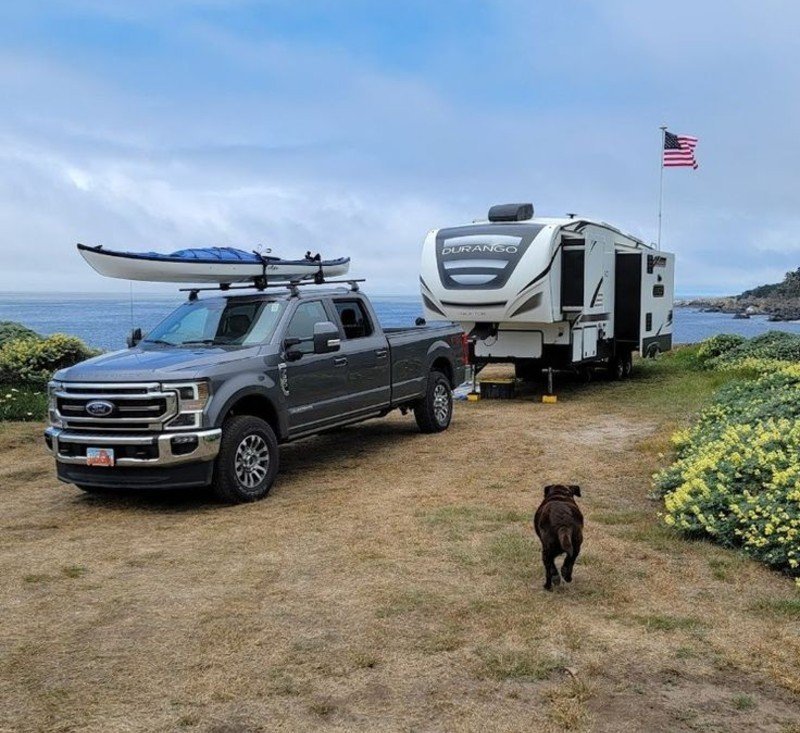
Reveals strategic opportunities: California RV sites average $100+ nightly while Midwest locations cost $50-80. Seasonal variations show peak season rates of $80-100+ dropping to off-season costs of $40-60.
State park systems generally offer better value than private campgrounds, with national forest sites consistently around $20 nightly.
iii. Membership Program Break-Even Calculations

Show clear value thresholds: KOA Rewards pays for itself after three nights annually, Thousand Trails Zone passes require 15 nights yearly at $50 average, and Good Sam Club needs just 2-3 nights with 10% discounts.
Current Travel Hacking Strategies For Camping Families
i. Credit Card Optimization

Camping families centers on Chase Sapphire Preferred ($95 annual fee, 75,000 point signup bonus worth $750+ in travel), Capital One Venture X ($395 fee but $300 annual travel credit), and Southwest cards for Companion Pass benefits requiring 135,000 points in a calendar year.
ii. The Most Effective Approach
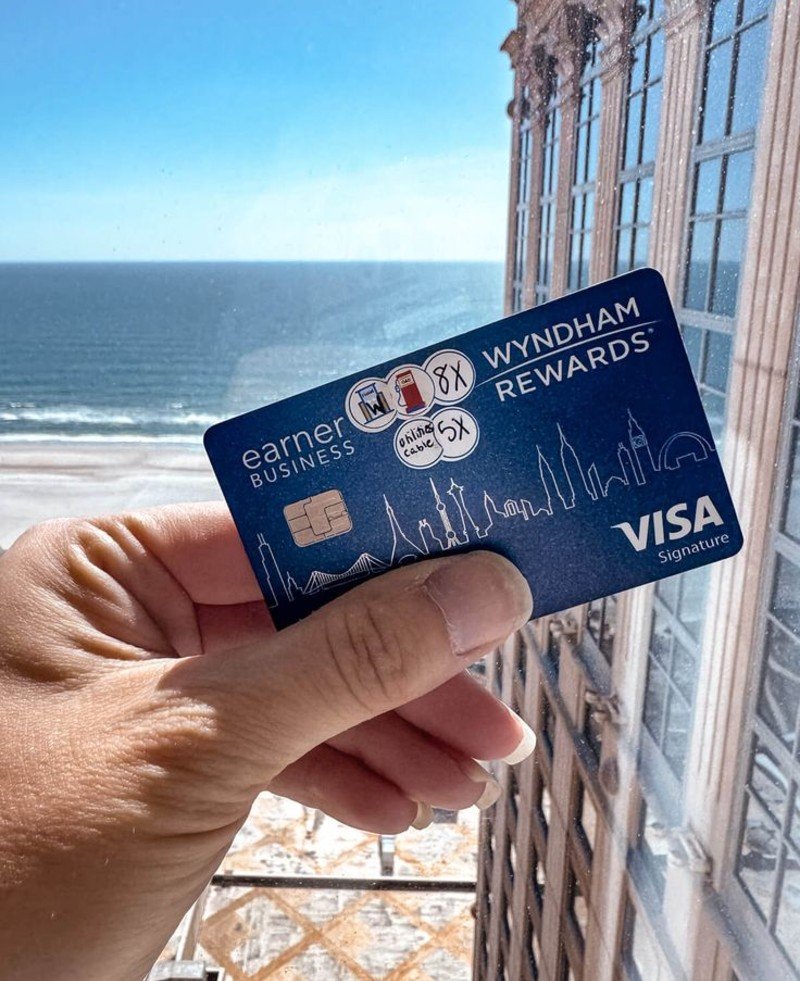
Involves using travel cards for camping equipment purchases to earn signup bonuses, then applying points to campground fees (most count as eligible travel expenses) or transferring to hotel partners for cabin bookings at state parks.
iii. Travel Timing Optimization
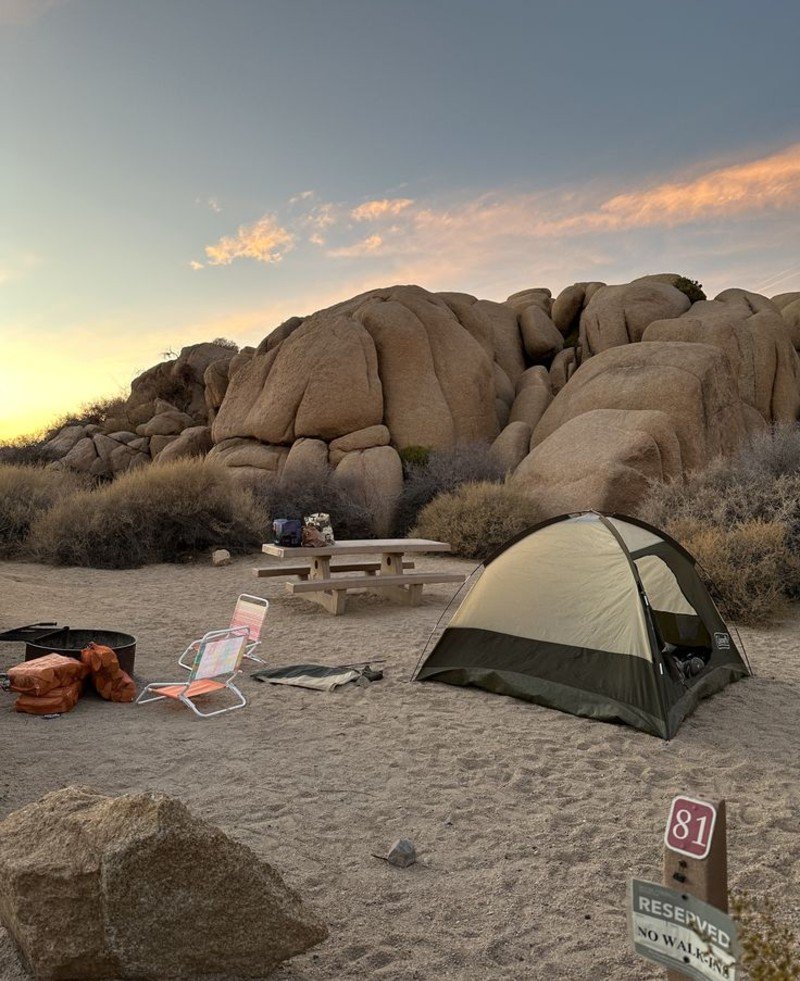
Monday-Thursday bookings often cost 25-40% less than weekends, with shoulder seasons (March-May, September-November) offering 30-40% savings over peak summer rates. Desert regions reverse this pattern, with winter being the peak season due to weather advantages.
Action Plan for Immediate Implementation
i. Families Starting Budget Camping In 2025

Should begin with essential apps: download iOverlander (free) and The Dyrt (free version initially), then add Campsite Tonight for competitive booking alerts. KOA Rewards membership ($33) immediately for 10% discounts and point accumulation.
ii. Equipment Strategy
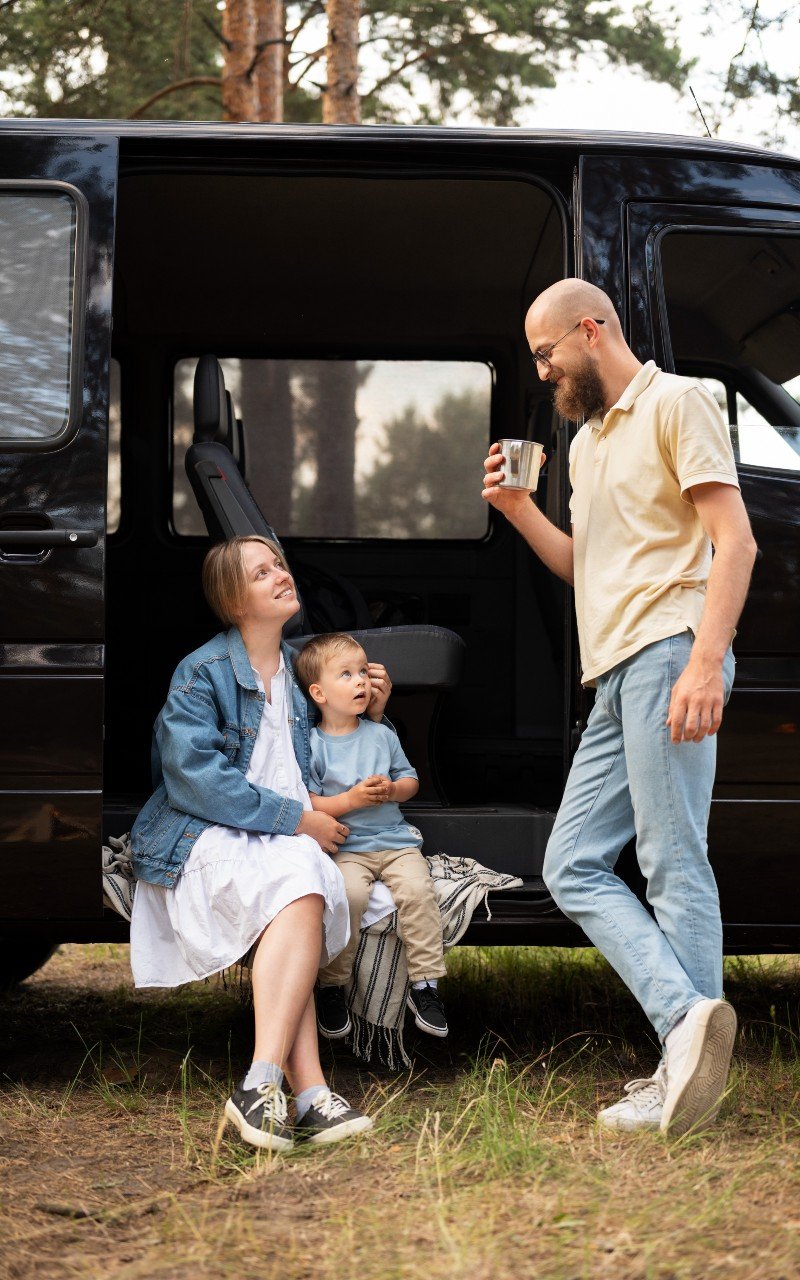
Depends on usage frequency: families planning three or more trips annually should invest in quality gear, while occasional campers benefit from rental platforms. Thousand Trails membership makes sense for families planning 15+ nights camping yearly, while Good Sam works for lighter users at 2-3 nights minimum.
iii. Food Cost Control
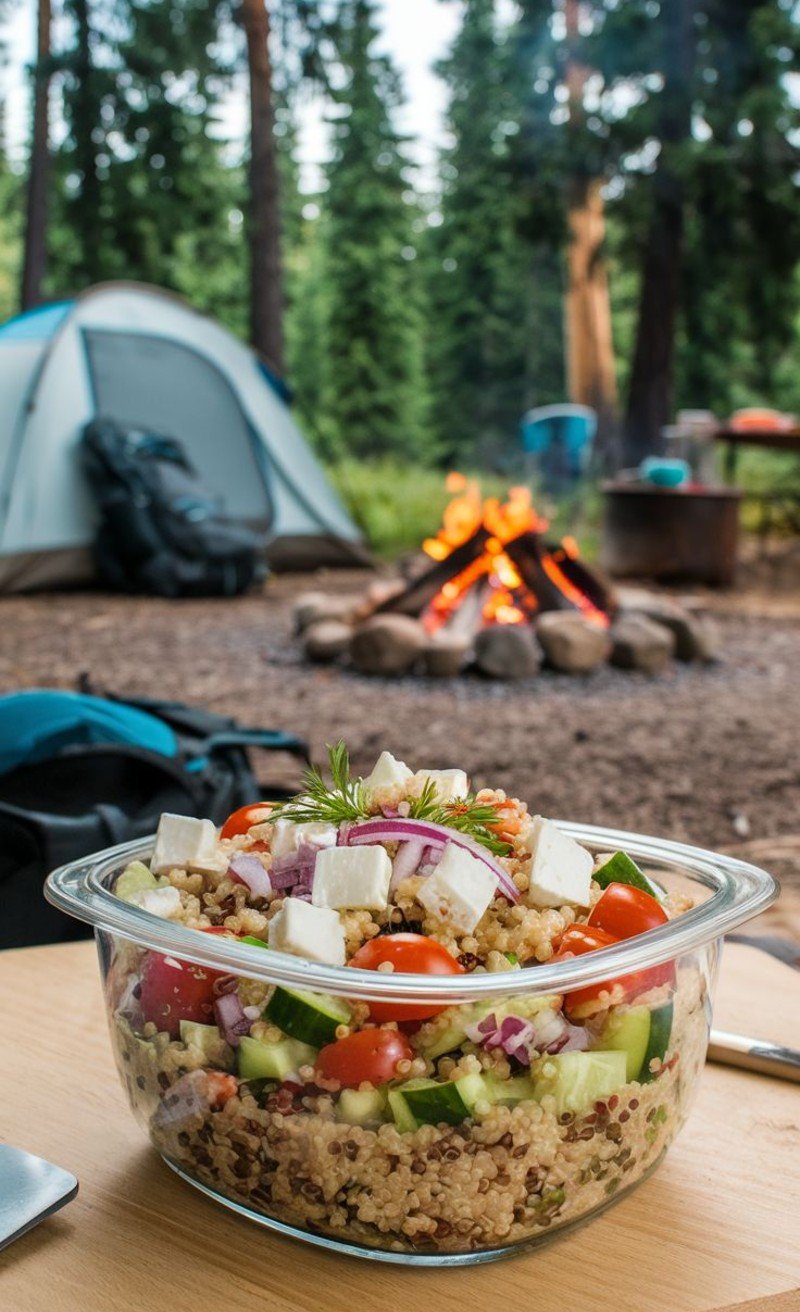
Through pre-freezing meals as ice packs, avoiding gas station convenience stores (saving $30-50 per trip), and strategic grocery shopping can reduce food expenses to $10-20 daily per person versus $60+ restaurant costs.
Seasonal Booking and Pricing Strategies
i. The Booking Calendar In 2024-2025
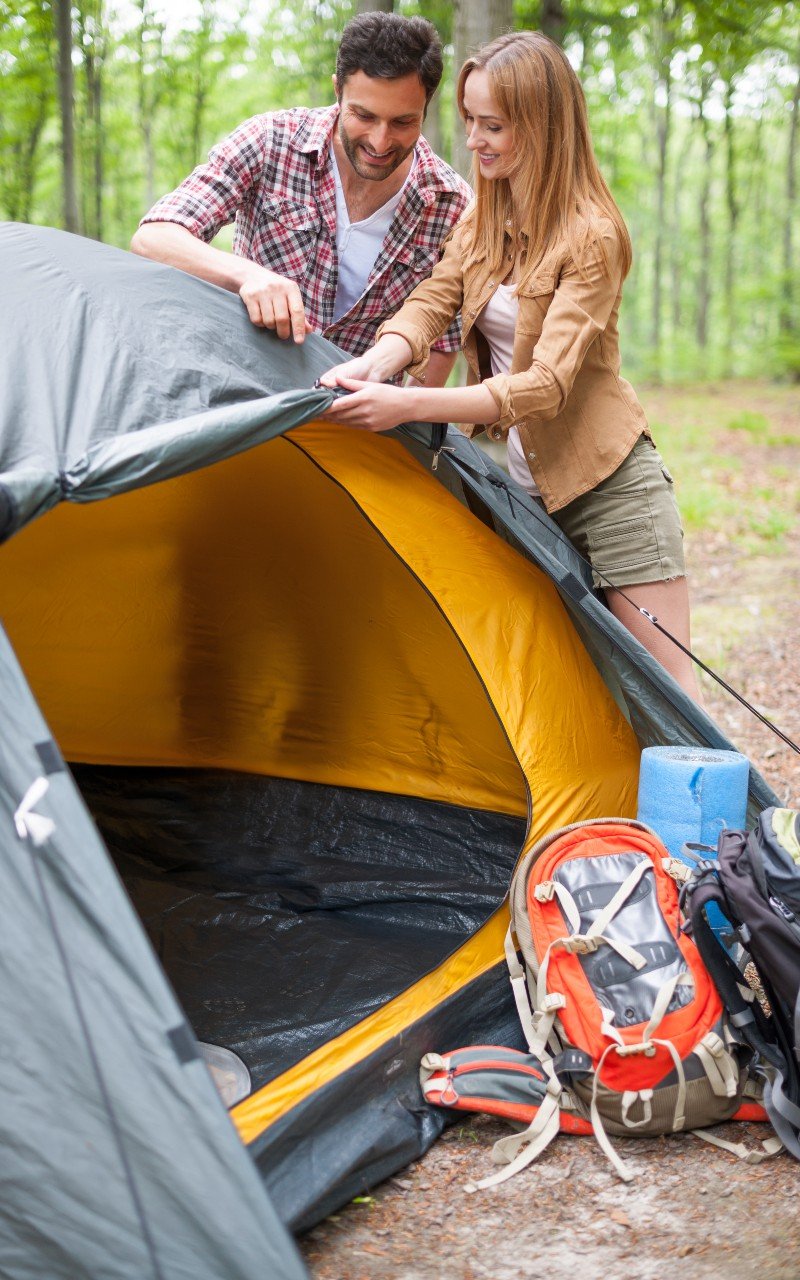
Requires precision timing. Recreation.gov releases reservations at 10 AM ET (7 AM PT) exactly six months in advance, with popular locations selling out within minutes. State park systems vary, but typically open booking windows 4-5 months ahead.
ii. Last-Minute Cancellation Monitoring
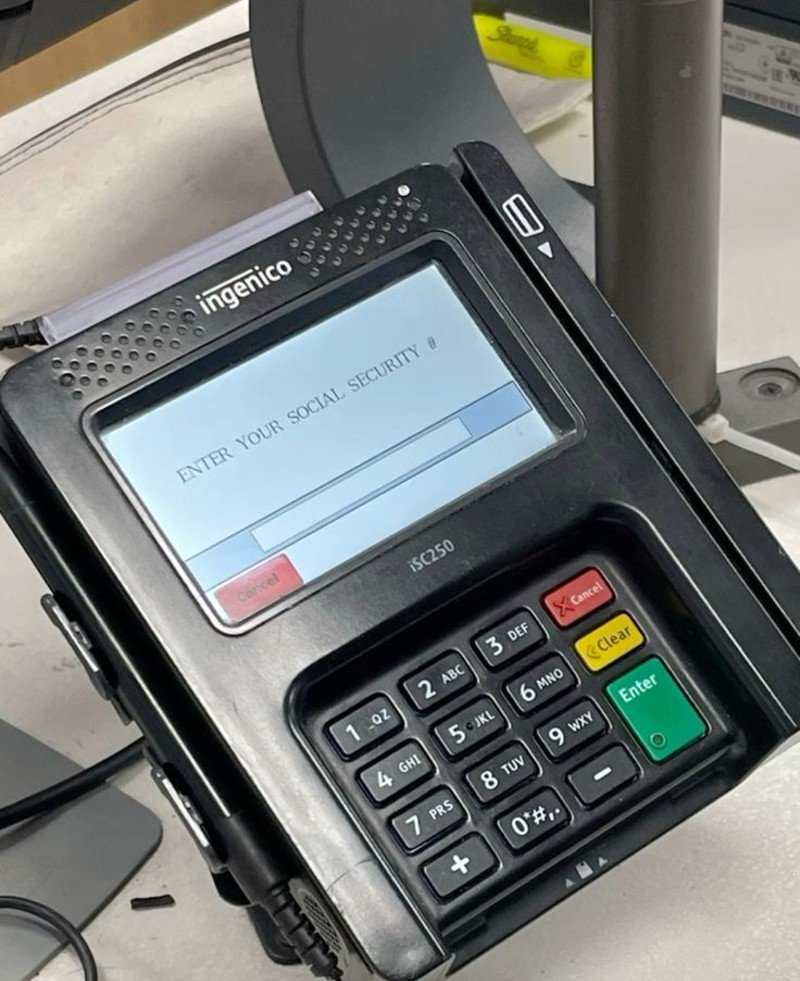
Through apps like Campsite Tonight and The Dyrt’s alert system captures released reservations, often at prime locations previously unavailable. Many campgrounds also negotiate directly for group bookings of three or more sites.
iii. Off-Season Camping
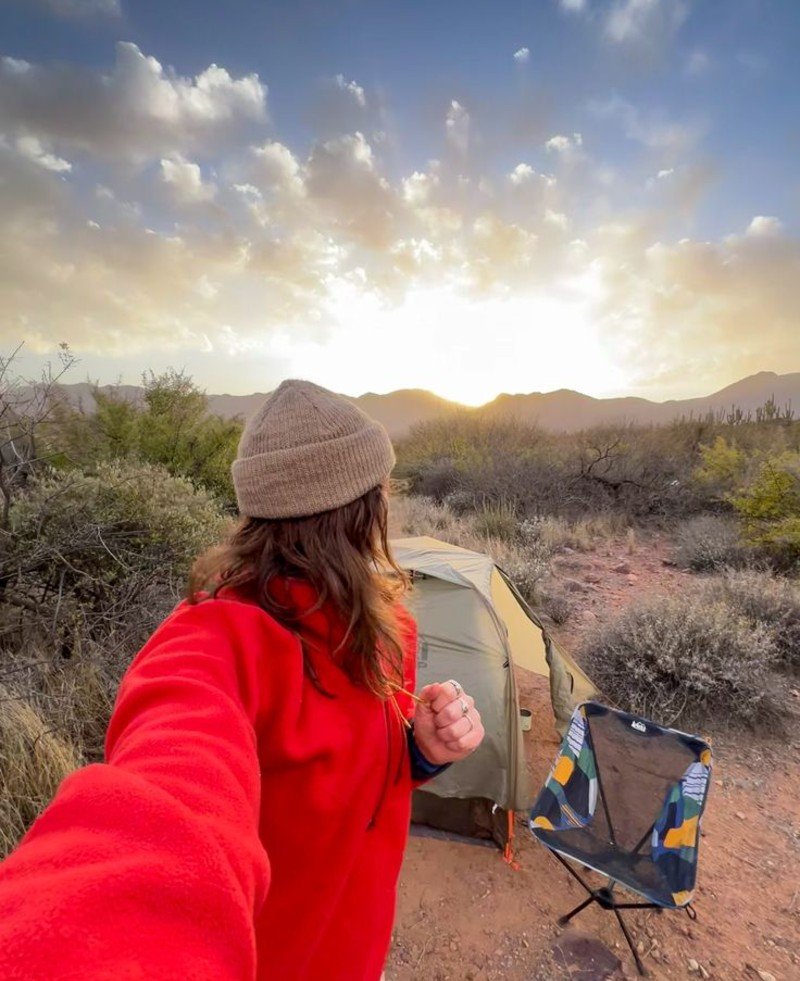
Provides maximum savings but requires weather preparation. Winter desert camping in Arizona and Southern California offers ideal conditions when northern locations close, creating reverse seasonal pricing opportunities.
The Future of Budget Camping
2025 trends indicate continued high demand, with 1-in-4 leisure trips now camping-related. Equipment costs stabilized after pandemic increases, while campground rates continue rising 5-10% annually.
Technology integration improves booking efficiency, while workamping opportunities expand for families combining work and travel.
i. The Most Successful Budget Camping Families
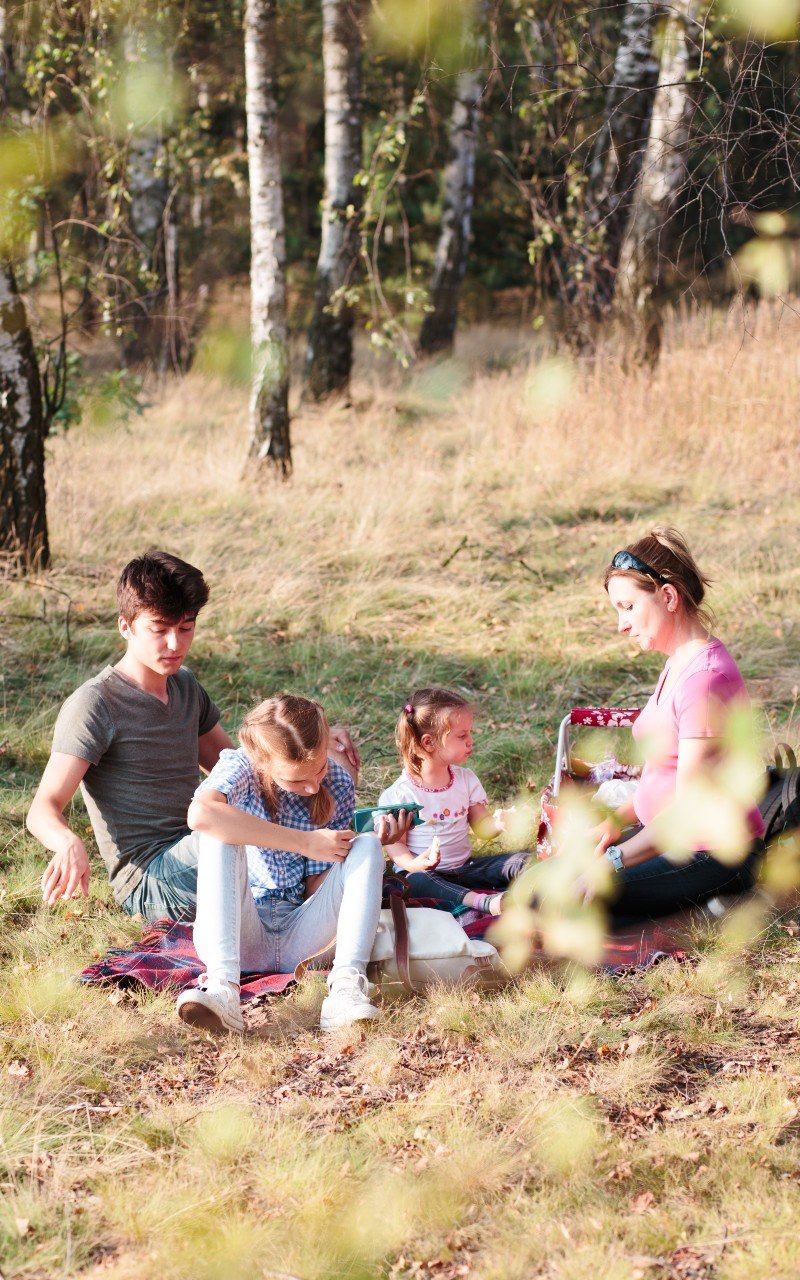
Report combining dispersed camping (free), membership discounts (10-50% savings), off-season timing (40-60% savings), meal preparation (60% food cost reduction), and travel hacking (covering gear purchases and some fees).
This multi-strategy approach consistently achieves the 50-70% total vacation cost reductions that make a $12,000 family trip possible for under $4,000.
Bottom line for 2025
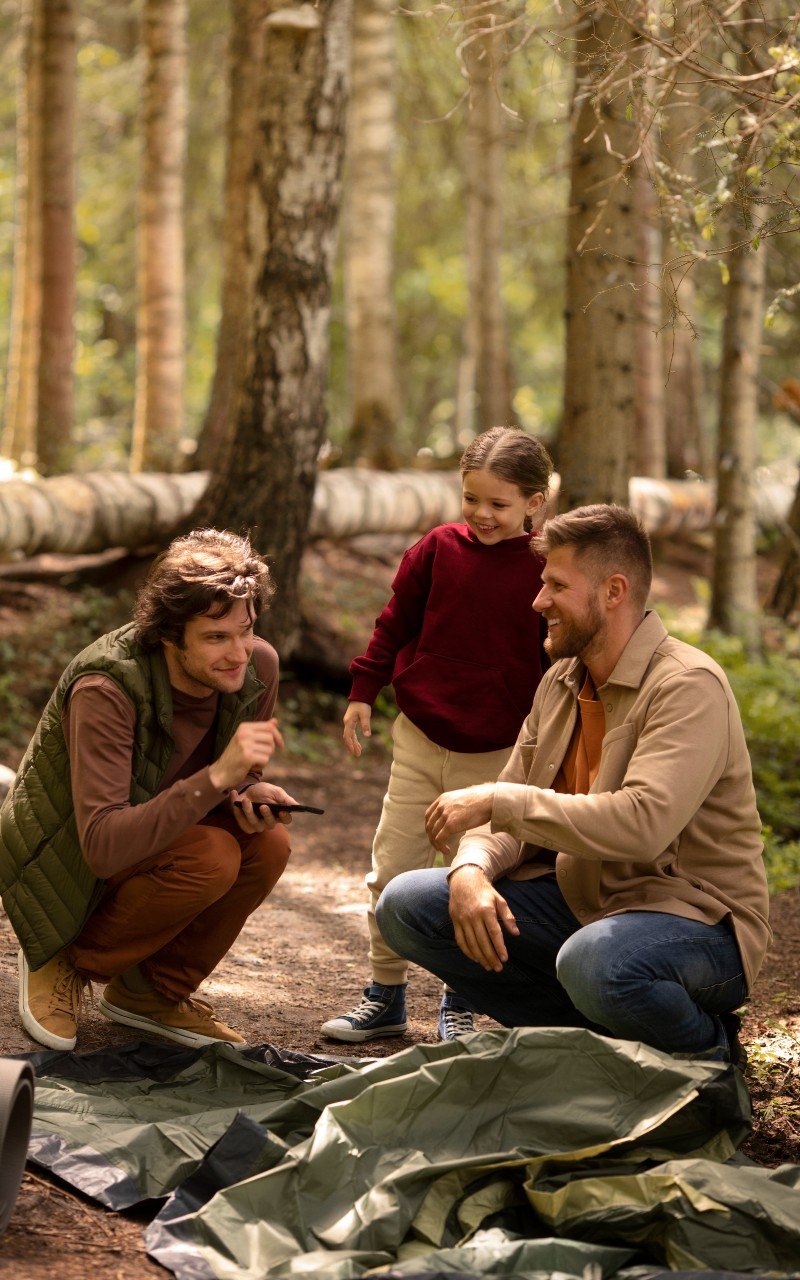
Budget camping success requires planning, timing, and strategic tool use, but the potential savings of $2,000-6,000+ annually make the effort worthwhile for most families.
The infrastructure exists today to support these savings – the question is whether families will commit to the initial learning curve and equipment investment that unlocks ongoing affordable travel.
FAQs
Is this actually real or just another clickbait story?
Yes, it’s real. The RV Industry Association tracks these numbers. A Dallas family going to the Grand Canyon saves $3,174 camping versus hotels (37% less). Seattle to Yellowstone saves $6,722 (60% less).
What exactly are these “camping loopholes”? Are they legal?
They’re 100% legal strategies that most families don’t know about. Free dispersed camping on BLM land (14 days free, move 25+ miles, repeat). KOA Rewards membership pays for itself after 3 nights. Thousand Trails zone passes cost $755 but give unlimited camping for $7-15 per night. Off-season booking saves 40-60%.
How much time does this actually take to plan and execute?
Initial setup takes 2-3 hours. Download apps (iOverlander, The Dyrt), buy one membership (KOA Rewards for $33), and research your route. After that, trip planning takes 30-60 minutes per destination.
Do I need expensive camping gear or special skills to make this work?
No expensive gear needed to start. You can rent everything for your first trip through Outdoorsy or RVshare ($100-400/night, still cheaper than hotels). If you camp 3+ times per year, buying basic gear saves money. A complete family setup costs $500-1,800 but lasts 7-10 years.
